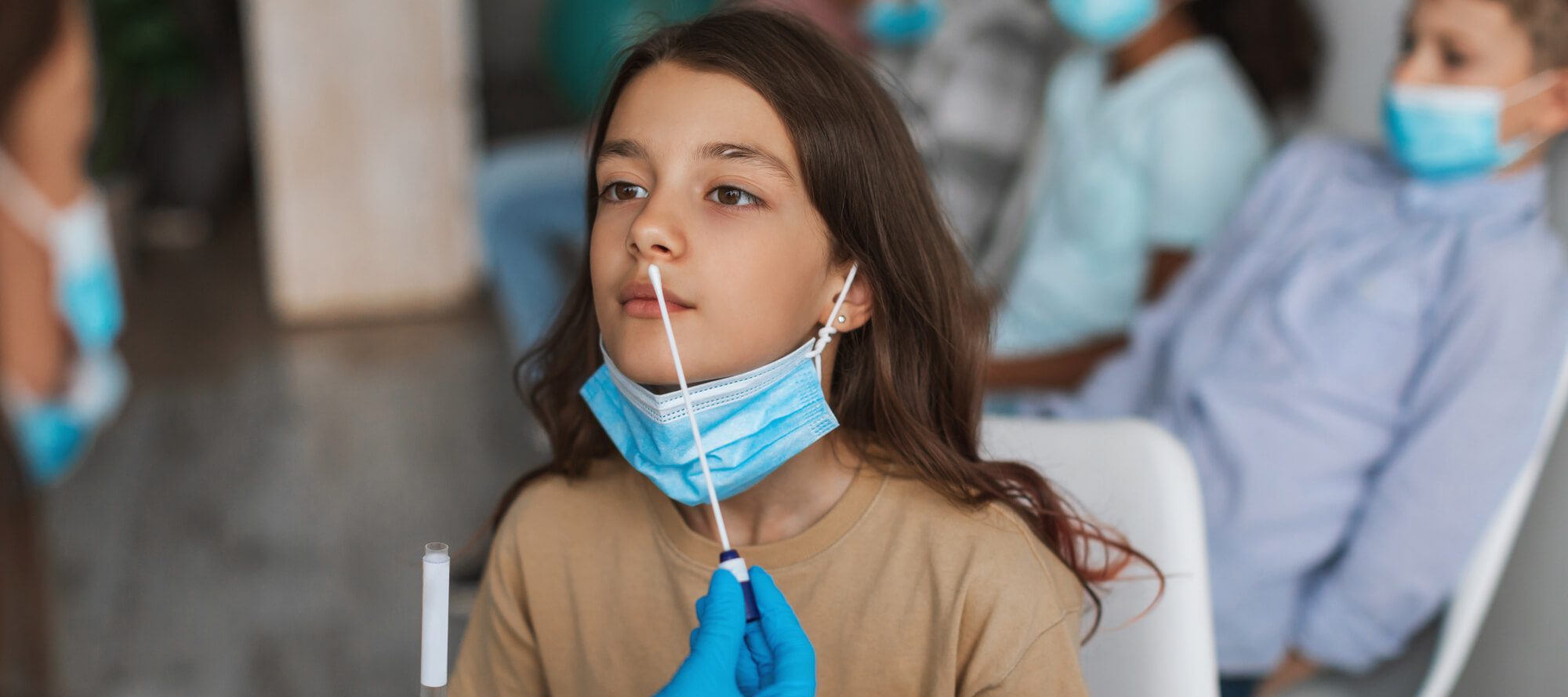- CDC Confirms Second Human H5 Bird Flu Case in Michigan; Third Case Tied to Dairy Outbreak
The CDC reports a third human illness from H5 avian influenza in a dairy farm worker, but unlike the earlier cases, the patient is experiencing respiratory symptoms. The person is a dairy farm worker with exposure to infected cows, making this another instance of probable cow-to-person spread. This is the first human case of H5 in the United States to report more typical symptoms of acute respiratory illness associated with influenza virus infection, including A(H5N1) viruses. The patient reported upper respiratory tract symptoms including cough without fever, and eye discomfort with watery discharge.
- Relative Efficacy of Masks and Respirators as Source Control for Viral Aerosol Shedding from People Infected with SARS-CoV-2: A Controlled Human Exhaled Breath Aerosol Experimental Study
Authors compared the efficacy of masks (cloth and surgical) and respirators (KN95 and N95) as source control for SARS-CoV-2 RNA copy number in exhaled breath of volunteers with COVID-19 using a controlled human experimental study. Volunteers (N = 44, 43% female) provided paired unmasked and masked breath samples allowing computation of source-control factors. Upon identifying a volunteer with an active SARS-CoV-2 infection, they invited them to a research clinic to provide 30-min EBA samples with a Gesundheit-II (G-II) human exhaled bioaerosol collector. To assess the efficacy of masks as source control, volunteers were asked to provide paired breath samples at each visit, first with a mask on and then without, so they served as their own matched control. They were asked to repeat the alphabet three times within the 30-min sampling period, whereas subsequent cases were asked to shout “Go Terps” 30 times and sing “Happy Birthday” loudly three times at 5, 15, and 25 min into each 30-min sampling period. In instances where volunteers were too unwell to provide two sets of samples, a single 30-min breath sample was collected. The cloth masks were all brought by the volunteers, included a wide variety of types and materials. They reported that all masks and respirators significantly reduced exhaled viral load, without fit tests or training. A duckbill N95 reduced exhaled RNA copy number detected by 98% (95% CI: 97%–99%), and significantly outperformed a KN95 (p < 0.001) as well as cloth and surgical masks. Cloth masks outperformed a surgical mask (p = 0.027) and the tested KN95 (p = 0.014). Important context here is related to the history of particle sizes so we will see that they analyzed the two aerosol size fractions collected by the G-II, fine (≤5 μm in diameter) and coarse (>5 μm in diameter) and combined them for analysis of total EBA (Fine + Coarse EBAs)
- Early Use of Oral Antiviral Drugs and the Risk of Post COVID-19 Syndrome: A Systematic Review and Network Meta-analysis
Investigators looked at nine observational studies containing 866,066 patients, in which nirmatrelvir-ritonavir and molnupiravir were evaluated in eight and two studies respectively, with both drugs evaluated in one study. This meta-analysis showed that early oral antiviral drugs reduced PCC risk by 23% (RR 0.77, 95% CI 0.68–0.88). This meta-analysis showed that nirmatrelvir-ritonavir may perform better than molnupiravir at reducing PCC risk. - Long-COVID Autonomic Syndrome in Working Age and Work Ability Impairment
These are results from a prospective observational study conducted during the second wave of the pandemic in Italy. Forty-five patients (53.6 ± 8.4 years; 32 M) hospitalized for COVID19, were consecutively enrolled at the time of their hospital discharge (T0) and followed-up for six months. Autonomic symptoms and work ability were assessed by COMPASS31 and Work Ability Index questionnaires at T0, one (T1), three and six (T6) months after hospital discharge and compared to those retrospectively collected for a period preceding SARS-CoV-2 infection. Clinical examination and standing test were also performed at T1 and T6. One in three working-age people developed a new autonomic syndrome that was still evident six months after the acute infection resolution.
Situation Dashboards

World Health Organization (WHO)
Novel Coronavirus (COVID-19) Situation from World Health Organization (WHO)

Johns Hopkins University (JHU)
Coronavirus COVID-19 Global Cases by the Center for Systems Science and Engineering (CSSE) at JHU

COVID-19 in US and Canada
1Point3Acres Real-Time Coronavirus (COVID-19) Updates in US and Canada with Credible Sources

Genomic Epidemiology COVID-19
Genomic Epidemiology of (COVID-19) Maintained by the Nextstrain team, enabled by data from GISAID.





